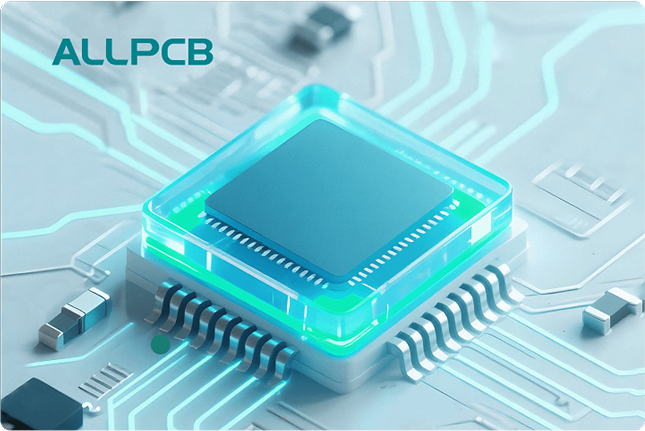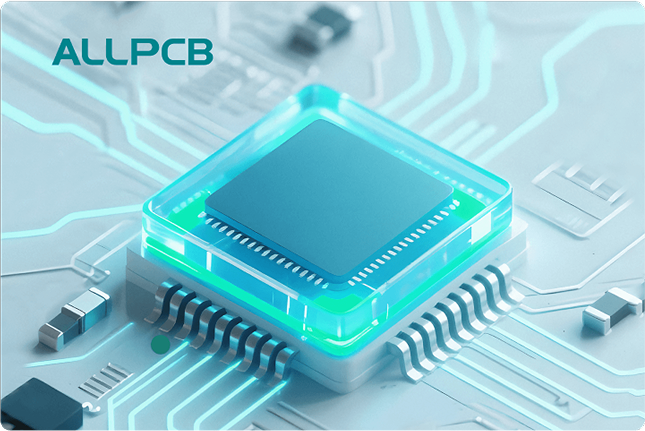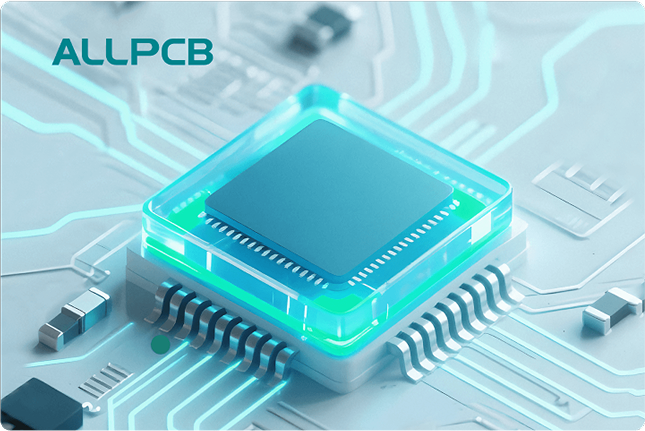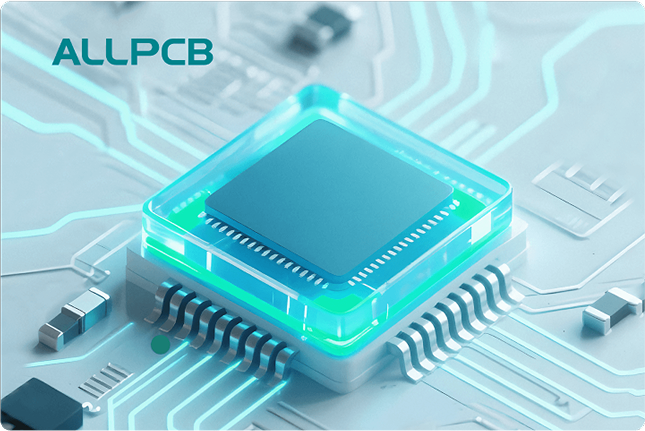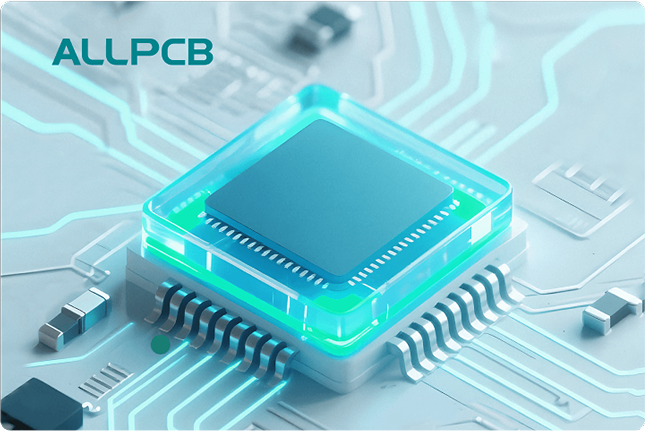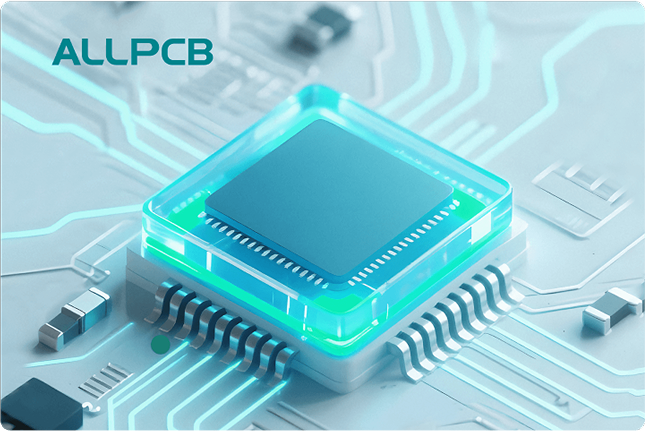In the world of PCB manufacturing, achieving precise solder paste deposition is critical for ensuring the reliability and functionality of electronic assemblies. Two key factors play a significant role in this process: stencil alignment and stencil material stability. Proper alignment ensures that solder paste is applied exactly where it’s needed, while material stability prevents distortions that could lead to errors. In this comprehensive guide, we’ll explore effective stencil alignment techniques, the importance of material stability, and how factors like fiducial marks and stencil expansion coefficient contribute to paste deposition accuracy. Whether you’re a seasoned engineer or new to PCB assembly, this post will provide actionable insights to improve your manufacturing process.
Why Stencil Alignment and Material Stability Matter in PCB Manufacturing
Stencil alignment and material stability are the foundation of accurate solder paste application in surface mount technology (SMT). Misalignment or material deformation can result in defects like solder bridging, insufficient paste, or misplaced components, leading to costly rework or product failures. By mastering stencil alignment techniques and understanding the role of stencil material stability, manufacturers can significantly reduce defects and improve yield rates. Let’s dive into the details of how these elements work together to ensure paste deposition accuracy.
Understanding Stencil Alignment Techniques for Precision
Stencil alignment is the process of positioning the stencil accurately over the PCB so that the apertures (openings in the stencil) match the pads on the board. Even a slight misalignment can cause solder paste to be deposited in the wrong areas, leading to assembly issues. Below are some proven techniques to achieve precise stencil alignment.
1. Use of Fiducial Marks for Automated Alignment
Fiducial marks are small reference points etched onto the PCB and stencil. These marks act as visual guides for automated stencil printing machines, allowing them to align the stencil with pinpoint accuracy. Typically, at least two fiducial marks are placed on opposite corners of the PCB to provide a clear reference for alignment. Modern vision systems in SMT equipment can detect these marks and adjust the stencil position within tolerances as tight as ±5 microns, ensuring exceptional paste deposition accuracy.
For best results, fiducial marks should be 1-2 mm in diameter and placed in areas free from other markings or components. This clarity helps the machine’s camera system recognize the marks without interference, reducing alignment errors in high-speed production lines.
2. Manual Alignment with Precision Jigs
For smaller-scale or prototype production, manual alignment using precision jigs or fixtures is a practical option. These jigs hold the PCB and stencil in place, ensuring consistent positioning during paste application. While not as fast as automated systems, this method can still achieve alignment accuracy within ±50 microns if done carefully. The key is to use a jig designed specifically for the PCB layout to avoid slippage or movement during printing.
3. Vision-Based Alignment Systems
Advanced stencil printers often incorporate vision-based alignment systems. These systems use cameras to compare the stencil’s apertures with the PCB’s pads in real time, making micro-adjustments as needed. This technology is especially useful for densely populated boards with fine-pitch components (e.g., 0.4 mm pitch), where even a 10-micron misalignment can cause defects. By leveraging vision systems, manufacturers can maintain high paste deposition accuracy even in complex assemblies.
The Importance of Stencil Material Stability in Paste Deposition
While alignment techniques are crucial, the physical properties of the stencil itself—particularly its material stability—directly impact the quality of solder paste deposition. Stencil material stability refers to the stencil’s ability to maintain its shape and dimensions under various environmental and operational conditions. Let’s explore how material choice and stability factors influence paste deposition accuracy.
1. Common Stencil Materials and Their Stability
Stencils are typically made from stainless steel, nickel, or polymer materials, each with distinct stability characteristics:
- Stainless Steel: Known for its durability and resistance to wear, stainless steel is the most common material for SMT stencils. It offers excellent stability, with minimal deformation even after thousands of printing cycles. Its thermal expansion coefficient is around 16-17 μm/m°C, meaning it expands or contracts very little under temperature changes.
- Nickel: Nickel stencils are often used for high-precision applications due to their smoother aperture walls, which improve paste release. However, nickel has a slightly higher thermal expansion coefficient (around 13 μm/m°C) compared to stainless steel, requiring careful temperature control during printing.
- Polymer: Polymer stencils are lightweight and cost-effective but less stable than metal options. They are prone to stretching or warping, especially in humid or high-temperature environments, making them less ideal for high-volume production.
Choosing a material with high stability is essential for maintaining consistent aperture sizes and shapes, which directly affect paste deposition accuracy.
2. Impact of Stencil Expansion Coefficient on Alignment
The stencil expansion coefficient measures how much a stencil material expands or contracts with temperature changes. In a typical SMT environment, temperatures can fluctuate between 20°C and 30°C during printing. If the stencil material has a high expansion coefficient, these temperature shifts can cause the stencil to distort, misaligning the apertures with the PCB pads.
For example, a stainless steel stencil with a length of 500 mm might expand by only 0.08 mm with a 10°C temperature increase (based on a coefficient of 16 μm/m°C). While this seems minor, it can still cause issues with fine-pitch components where tolerances are below 50 microns. To mitigate this, manufacturers should store and use stencils in temperature-controlled environments and select materials with low expansion coefficients for critical applications.
3. Wear and Tear: Maintaining Long-Term Stability
Over time, repeated printing cycles and cleaning processes can degrade a stencil’s material stability. Micro-abrasions on the stencil surface or aperture walls can alter paste release characteristics, leading to inconsistent deposition. For instance, studies suggest that stainless steel stencils can withstand up to 50,000 printing cycles before noticeable wear, while polymer stencils may show signs of degradation after just a few thousand cycles.
To preserve stencil material stability, regular maintenance is key. Use non-abrasive cleaning solutions and soft wipes to avoid scratching the stencil surface. Additionally, inspect the stencil periodically for signs of warping or aperture damage, as these issues can compromise paste deposition accuracy.
Best Practices for Combining Alignment and Stability for Optimal Results
Now that we’ve covered stencil alignment techniques and the role of stencil material stability, let’s look at how to integrate these elements for the best outcomes in PCB assembly. Here are some actionable tips to achieve consistent paste deposition accuracy.
1. Match Stencil Design to PCB Specifications
The stencil’s aperture design must match the PCB’s pad layout and component requirements. For fine-pitch components (e.g., 0.5 mm pitch), use a thinner stencil (around 0.1 mm thick) to prevent excessive paste deposition. For larger components, a thicker stencil (0.15-0.2 mm) may be needed to ensure sufficient paste volume. A well-designed stencil, paired with precise alignment using fiducial marks, minimizes the risk of errors.
2. Control Environmental Factors
Temperature and humidity can affect both stencil alignment and material stability. Maintain a controlled environment with temperatures between 22-25°C and humidity levels of 40-60% to reduce the impact of the stencil expansion coefficient. This helps prevent material distortion and ensures consistent alignment during printing.
3. Leverage Automation for High-Volume Production
For large-scale manufacturing, invest in automated stencil printers with vision systems and fiducial recognition. These machines can adjust for minor misalignments and material distortions in real time, achieving alignment tolerances as low as ±10 microns. Automation also reduces human error, ensuring repeatable paste deposition accuracy across thousands of boards.
4. Regular Calibration and Inspection
Periodically calibrate your stencil printer to ensure alignment systems are functioning correctly. Additionally, inspect the stencil for signs of wear or deformation that could affect stencil material stability. Replace stencils that show significant damage to avoid compromising paste deposition quality.
Challenges in Stencil Alignment and Material Stability
Despite best practices, challenges can still arise in achieving perfect stencil alignment and maintaining stencil material stability. Here are some common issues and how to address them:
- Fine-Pitch Component Misalignment: For components with pitches below 0.5 mm, even a 20-micron misalignment can cause defects. Use high-precision vision systems and thinner stencils to improve accuracy.
- Thermal Expansion Issues: If the stencil expansion coefficient causes distortion during temperature changes, consider switching to a material with a lower coefficient, like stainless steel, and stabilize the printing environment.
- Stencil Wear in High-Volume Runs: Frequent use can degrade stencil stability over time. Implement a replacement schedule based on cycle counts (e.g., every 30,000 prints for stainless steel stencils) to maintain quality.
Conclusion: Achieving Excellence in Paste Deposition
Mastering stencil alignment techniques and ensuring stencil material stability are essential steps toward achieving paste deposition accuracy in PCB manufacturing. By leveraging tools like fiducial marks, understanding the stencil expansion coefficient, and selecting the right materials, manufacturers can minimize defects and produce high-quality electronic assemblies. Whether you’re working on prototypes or high-volume production, applying the strategies discussed in this guide will help you optimize your SMT process for consistent, reliable results.
At ALLPCB, we’re committed to supporting your PCB assembly needs with high-quality tools and expertise. By focusing on precision in every step—from stencil design to paste application—you can elevate the performance and reliability of your products. Implement these techniques today and see the difference in your manufacturing outcomes.
 ALLPCB
ALLPCB


